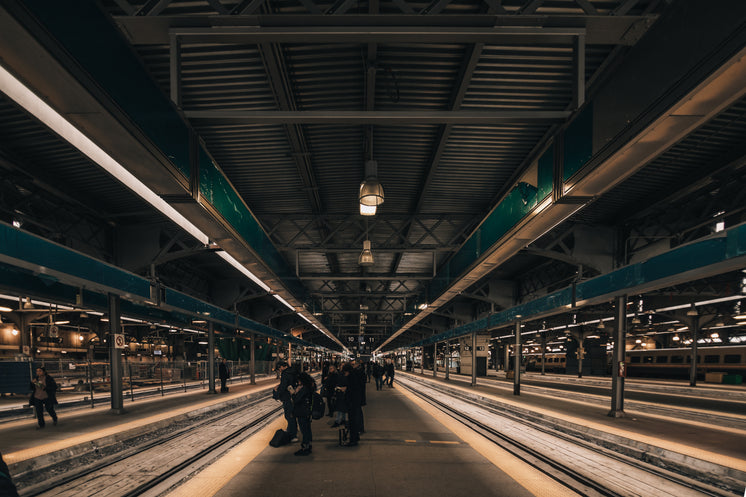Travel comparison between airplanes and trains has been a longstanding debate among travelers, relevant internet site each mode offering its unique set of advantages and drawbacks. Whether you are embarking on a cross-country adventure or commuting between metropolitan areas for business, understanding the differences between these transportation options shall help one make the top choice for your journey. In the article, we’ll explore the many facets of travel comparison between airplanes and trains to help you determine which mode of transportation suits your preferences.
Speed is usually the most significant factor influencing the choice between airplanes and trains. Generally speaking, airplanes tend to be faster than trains, especially when traveling long distances. For example, a flight from New York City to Los Angeles typically takes around 5-6 hours, while the same journey by train takes upwards of 40 hours. If time is of the essence and you need to reach your destination quickly, flying is usually the preferred option.
In contrast, in relation to shorter distances and domestic travel, trains can sometimes be faster than airplanes. This is especially true when contemplating factors for example airport security checks, boarding procedures, and potential flight delays. Train stations are often located in city centers, making them more accessible and convenient than airports, which are typically situated on the outskirts of metropolitan areas. On top of that, trains often have fewer delays due to weather conditions or air traffic congestion, offering a more reliable travel experience.
Cost is yet another critical consideration when comparing airplanes to trains. While flights may be more costly than train tickets, especially for last-minute bookings or during peak travel seasons, you will discover instances where trains could be pricier. High-speed or luxury train services often come with higher ticket prices, particularly for premium amenities and accommodations. It’s necessary to compare prices for both options and consider any additional expenses such as baggage fees, transportation to and from airports or train stations, and in-flight or onboard amenities.
Comfort can also be a vital element in the travel comparison between airplanes and trains. While modern airplanes offer amenities for example reclining seats, in-flight entertainment, and onboard dining options, they can be also cramped and uncomfortable, especially on long-haul flights. Additionally, the confined space and lack of mobility can be challenging for passengers who experience claustrophobia or fear of flying.
On the flip side, trains typically offer more spacious seating arrangements, the freedom to move around, and also the opportunity to enjoy scenic views along the way. Many trains in addition provide amenities for example dining cars, lounges, and sleeper cabins, allowing passengers to relax and unwind during their journey. If comfort and relaxation are crucial to you, train travel could be the higher choice.
Environmental impact is being a increasingly important consideration for travelers worried about sustainability. On the whole, trains will be considered to be more environmentally friendly than airplanes, as they produce fewer greenhouse gas emissions per passenger mile. As well, trains use electric or diesel engines, that are more energy-efficient and emit fewer pollutants than jet engines. If reducing your carbon footprint is a priority, opting for train travel whenever possible can certainly help minimize your effect on the environment.
Ultimately, the choice between airplanes and trains relies on your individual preferences, priorities, and specific travel circumstances. For anybody who is traveling long distances and need to reach your destination quickly, flying may be the most practical option. On the contrary, if you have more time to spare, value comfort and convenience, and are looking for a more environmentally friendly mode of transportation, taking the train may be the way to go.
Both airplanes and trains offer their unique advantages and drawbacks, and also the decision between the two is dependent upon various factors for example speed, cost, comfort, and environmental impact. By considering these factors and weighing the pros and cons of each option, you may make an informed decision that best suits your requirements for your next journey. Whether you’re soaring through the skies or rolling along the tracks, the most significant thing is to experience the ride and make the most of your travel experience.
